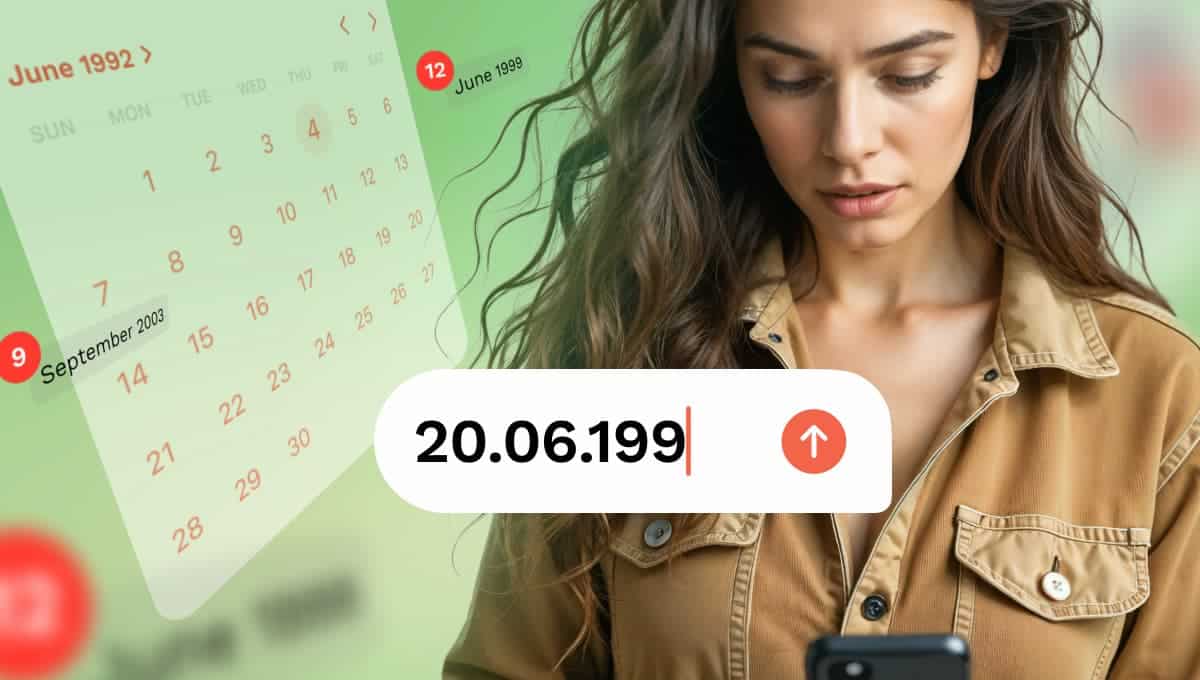No Caller ID? Here’s How to Find Out Who Called
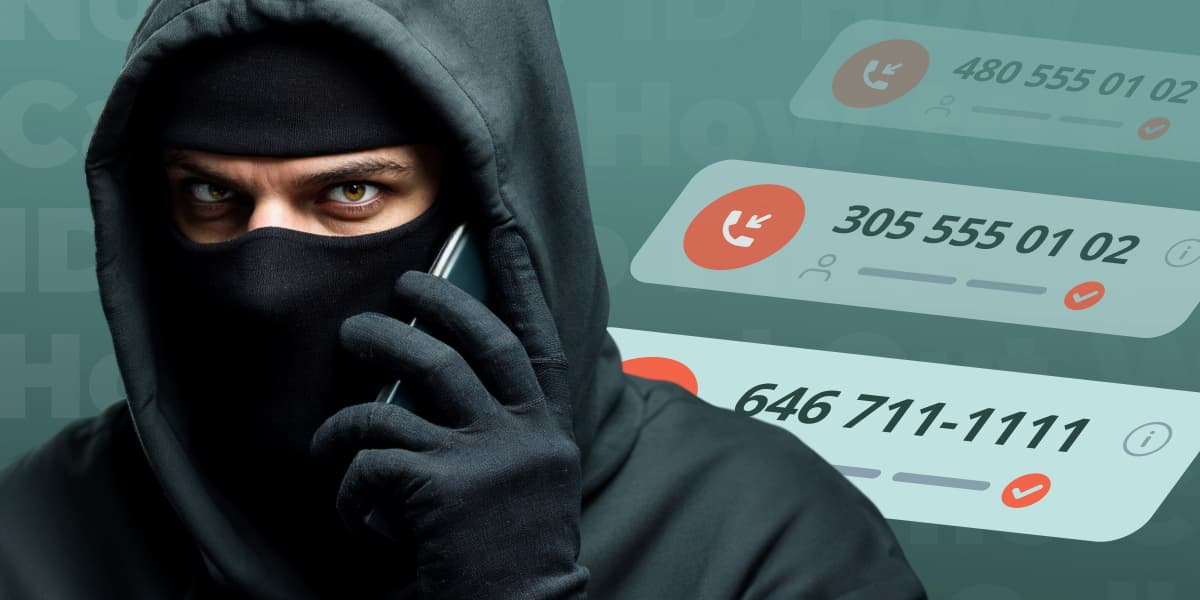
The dreaded “No Caller ID” pop-up on your screen is frustrating, isn’t it? Ignoring it feels uneasy – what if it’s urgent? But answering risks inviting scams or awkward conversations.
In fact, nearly 80% of people hesitate to pick up calls from unknown numbers. What to say about a situation when, instead of an actual number, “No Caller ID” shows up on your screen. So, how to see a No Caller ID number?
In this guide, you’ll learn actionable insights to reveal hidden caller ID using quick dialer codes, third-party tools like Searqle, or phone settings. We’ll also share top recommendations for identifying unknown callers effortlessly.
Decoding “No Caller ID”: What’s Really Happening?
If you’ve ever assumed that a No Caller ID call must be from a secret agency or a scammer, you’re not entirely wrong, but it’s not always that dramatic. Hiding a phone number is surprisingly easy. In most cases, all it takes is dialing a simple code before making a call. Other times, these hidden calls result from network restrictions or misconfigured device settings.
There are plenty of legitimate reasons why someone might block their caller ID. Some professionals prefer to keep their personal numbers private, while businesses may use them to protect direct lines from unwanted callbacks.
However, it’s true that No Caller ID calls are frequently misused by persistent telemarketers and scammers looking to bypass call-blocking measures.
How to See a No Caller ID Number?
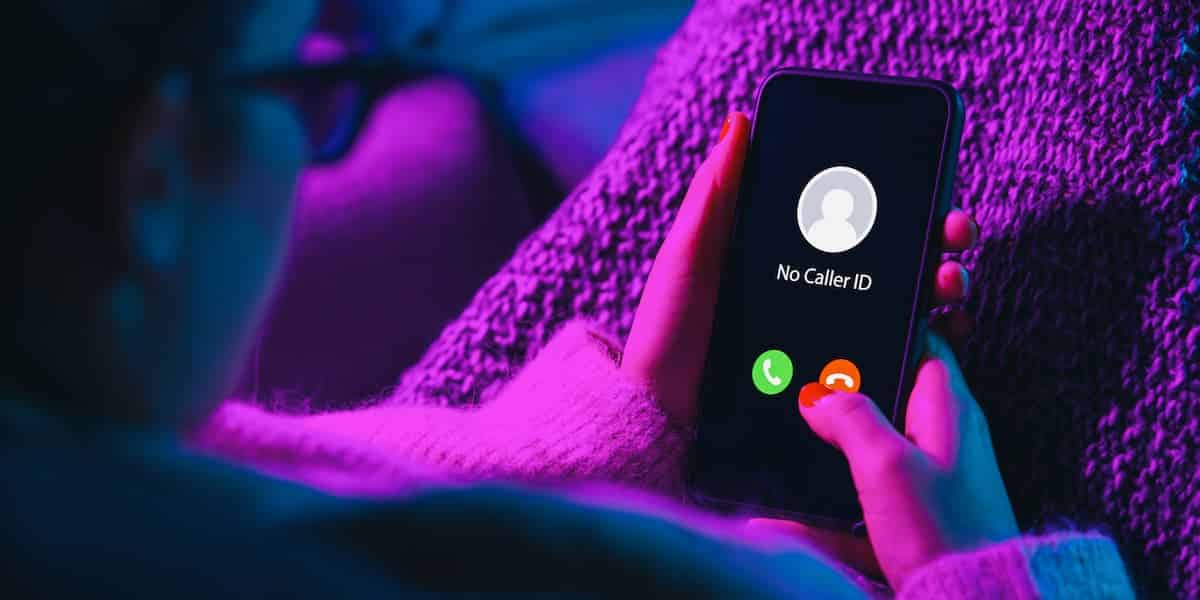
While there’s no universal trick for every hidden number, you do have several reliable methods if you’re wondering how to get a No Caller ID number. Let’s explore them:
Redial and Reveal the Last Caller with *69
*69 is an official vertical service code called Last-Call Return. When dialed, it signals your service provider to call the last incoming number, even if that number was hidden initially.
Here’s how to use it:
- Open the dial pad on your phone.
- Enter *69 and hit call.
- Complete any carrier-specific instructions to reconnect.
Remember that this only applies to the latest call and is not necessarily provided on every network or phone. Some providers also charge a little for this service.
Note: While this method can help find the phone number, it’s not always recommended. If the mystery caller was a scammer (faking their number), calling back could verify that your number is active, possibly inciting further unwanted calls from spambots.
How to Find Out “No Caller ID” with Third-Party Online Lookup Services?
Once you’ve obtained the number, it’s often safer to use a reverse phone lookup service to find out who is behind a No Caller ID instead of calling back.
Searqle: Your Ultimate Ally in Identifying Unknown Callers
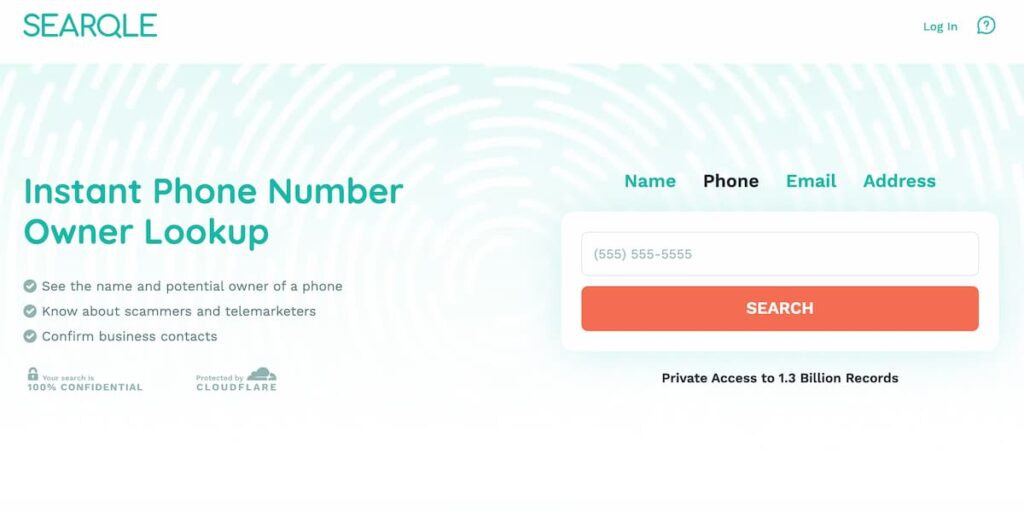
Searqle is an excellent phone lookup resource for tracking a No Caller ID number. It uses public records, social media profiles, and user-submitted information and compiles the data into a profile of the caller. This can include the name of the person or business, their location, and in some instances, even social media accounts or marital status and court data (if publicly submitted).
Here’s how to find “No Caller ID“ on iPhone and Android with Searqle:
- Use *69 to find the unknown caller’s number;
- Go to the Searqle phone lookup page;
- Enter the number into the search bar and click the search button.
Once the search is complete, you’ll receive a detailed report about the caller. Use it to decide whether to call back, block the number, or report it if it seems suspicious.
Using *57 to Trace “No Caller ID” Numbers With Law Enforcement
If you’re wondering how to trace a No Caller ID call, this method can help, particularly in situations of harassment or threat.
Unlike *69, which merely redials the previous incoming number when you dial *57, it signals your network provider to place a trace on the calling number. But you typically won’t be directly given the information. It’s generally only made available to law enforcement agencies if you choose to follow up on the call with legal action or report it to the authorities.
In any case, *57 makes an official record that can be referred to in case the calls turn out to be problematic and need further investigation. Be aware that this is a premium service and may charge you afterward.
How to Get a No Caller ID Number by Your Phone Settings
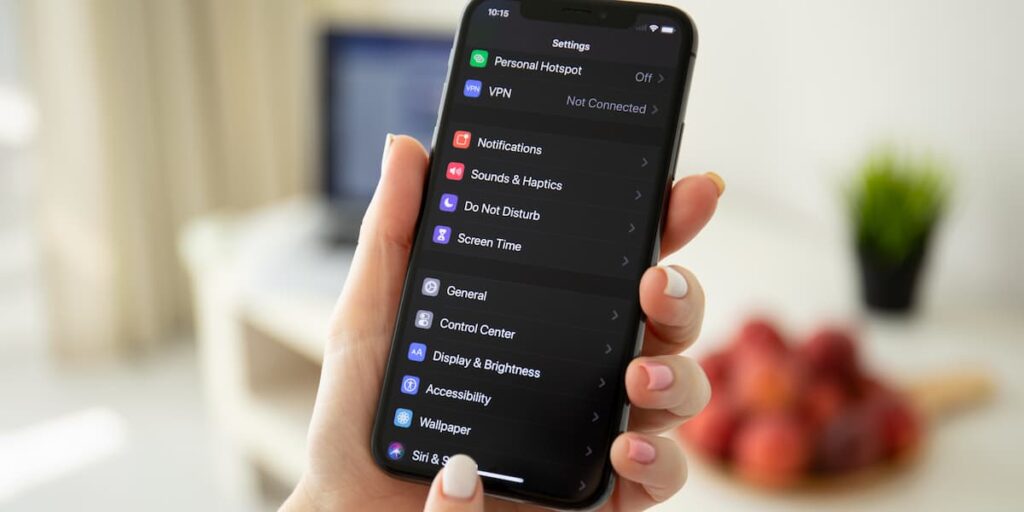
Both iPhones and Androids have built-in features to automatically request caller ID information from the network for incoming calls. You can use the service to differentiate potential spam calls from legitimate numbers not saved in your contacts list.
Here’s how to find out “No Caller ID” and block unknown calls:
- For iPhone Users:
- Go to Settings.
- Open the Apps.
- Go to Phone in the list.
- Open the Silence Unknown Callers section and toggle it “On”.
- For Android Users:
- Open the Phone app and tap on the three dots to access Settings.
- Go to the Calls section.
- Turn “On” See caller and spam ID and Filter spam calls.
Partnering with Your Service Provider for Solutions
Many network providers now display warning messages like “Potential Scam” or “Suspected Caller” when a publicly reported scam number dials in. This is a good initial screen, but it won’t snag all masked numbers – particularly if the caller is not yet in your carrier’s database.
If you are getting unusual “No Caller ID” calls, don’t hesitate to report them to your service provider. They have access to call records, and if the number has been reported previously, they can confirm it is a scam or not. Your report may also help in the future verification.
Conclusion
From using *69 for quick call returns to leveraging *57 for law enforcement tracing, you now have multiple means to trace No Caller ID and how to find out who called. Though these steps provide critical information, the most optimal method is to use platforms that have large databases of callers, like Searqle.
Once you’ve obtained the hidden number, use Searqle to increase your chances of identifying the individual or entity behind the “No Caller ID” call and obtain information for further investigations.
